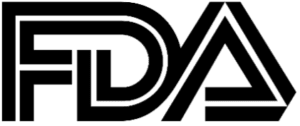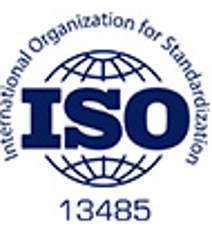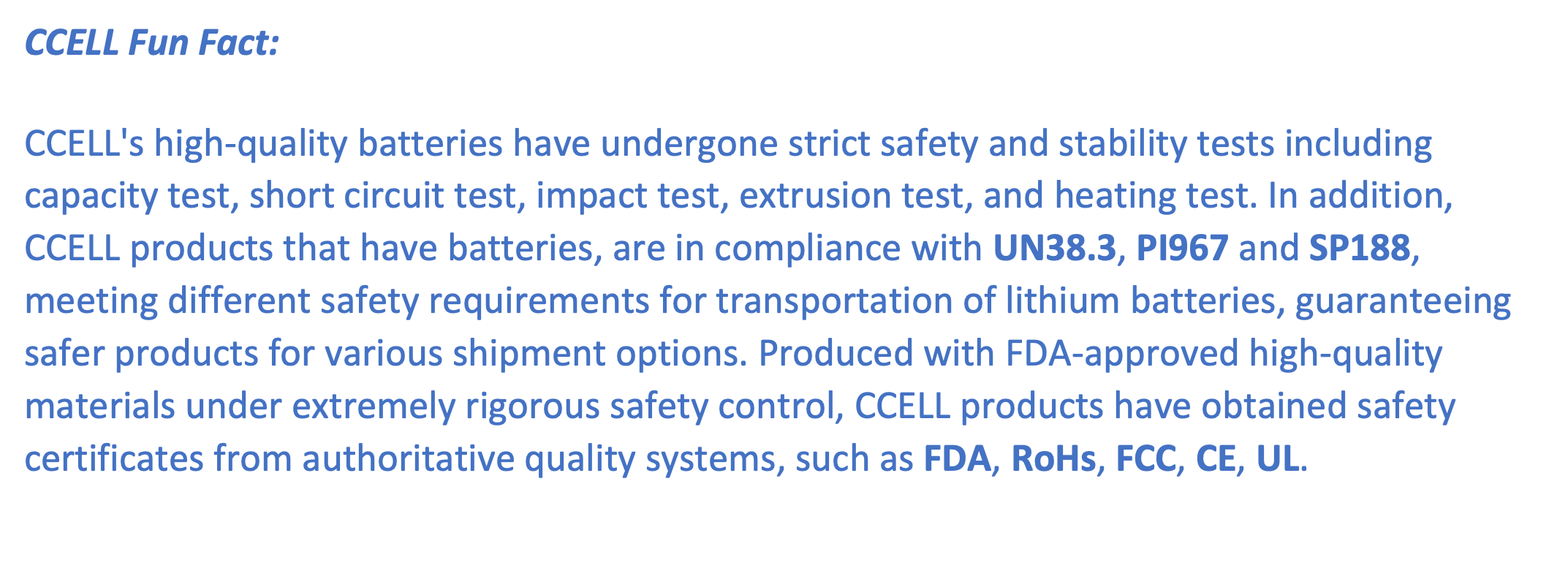FDA’s GMP & CGMP, ISO, RoHs, UL, FCC and CE certifications – CCELL has got it all
Health and safety awareness regarding vape products is something at the forefront of many consumers’ and producers’ minds. Following the tragic deaths in 2019 from electronic vape associated lung injury (EVALI) caused by unregulated e-liquids and oils laced with Vitamin E Acetate, we understand the importance of transparency when it comes to safety measures taken with vape products.
Such awareness is in line with the global demand for sustainability in manufacturing that employs environmental, social and governance (ESG) frameworks to capture the long-term value for all stakeholders, not just shareholders. Quality standards certifications acquired from authoritative quality systems such FDA’s GMP & CGMP, ISO, RoHs, UL, FCC and CE have become the assurance standard. These are promises made by companies and factories that ensures materials, products, processes, and services meet the expectations of their stakeholders, especially health and safety-centered consumers.
CCELL, the world’s leading brand of vaporizing products, strives to produce the highest quality of products by setting the highest standards of production facilities, safety, hygiene , and testing procedures.
In this article, we will walk you through the various authoritative quality systems and all the quality standards certifications that CCELL has equipped to its line of products.
FDA – GMP & cGMP
The Food and Drug Administration (FDA) is responsible for protecting the public health by ensuring the safety, efficacy, and security of human and veterinary drugs, biological products, and medical devices; and by ensuring the safety of our nation’s food supply, cosmetics, and products that emit radiation. In terms of electronic nicotine delivery systems (ENDS) such as vapes, vaporizers, vape pens, hookah pens, electronic cigarettes (e-cigarettes or e-cigs), e-cigars, and e-pipes, the FDA also has responsibility for regulating the manufacturing, importing, packaging, labeling, marketing, and distribution of ENDS, including components and parts but excluding accessroeis. Products marketed for therapeutic purposes including THC and CBD vapes are regulated by FDA’s Center for Drug Evaluation and Research (CDER).
GMP

Good Manufacturing Practices is a system that require manufacturers, processors, and packages of drugs, medical devices, certain food, and blood take proactive steps to ensure that their products are safe, pure, and effective. GMPs examine and cover every aspect of the manufacturing process to guard against any risks that can be catastrophic for products, such as cross-contamination, adulteration, and mislabeling. This protects the consumer from purchasing a product which is not effective or even dangerous. These regulations are enforced by the US Food and Drug Administration under the authority of the Federal Food, Drug, and Cosmetic Act.
GMP regulations address issues such as:
- Record keeping
- Personnel qualifications
- Sanitation
- Cleanliness
- Equipment verifications
- Process validation
cGMP

Current Good Manufacturing Practices are regulations enforced by the FDA for manufacturers that employ technologies and systems which are up to date that also comply with the GMP regulations. Adherence to the CGMP regulations assures the identity, strength, quality, and purity of drug products by requiring that manufacturers of medications adequately control manufacturing operations.
This includes establishing strong quality management systems, obtaining appropriate quality raw materials, establishing robust operating procedures, detecting and investigating product quality deviations, and maintaining reliable testing laboratories. cGMP requirements were established to be flexible in order to allow each manufacturer to decide individually how to best implement the necessary controls. This flexibility allows companies to use modern technologies and innovative approaches to achieve higher quality through continual improvement.
In terms of differentiating between GMP and cGMP, cost is a notable factor. cGMP uses new, innovative technology that can be more expensive, and its goods go through more testing to ensure that the certification is accurate and newest technologies used are proven effective. Ultimately, the difference between GMP and cGMP is that GMP requires manufacturers to ensure that their products are safe and effective while cGMP requires manufactures to employ technologies and systems that are up to date and comply with GMP regulations.
The terms GMP and cGMP are somewhat interchangeable: Technically, when standards are updated, and new regulations are put into place, the new ones become the current, i.e., cGMP. However, cGMP regulations always refer to the newest technologies available at the time of production.
ISO – 9001, 14001, 13485

ISO, The International Organization for Standardization is an independent, non-governmental organization, whose membership consists of different national standards bodies (As of 2022, there are 167 members representing ISO in their country, with each country having only one member).
This organization develops and publishes international standards in all technical and nontechnical fields other than electrical and electronic engineering, which are the responsibility of the International Electrotechnical Commission.
ISO 9001 is from the ISO 9000 Family that addresses various aspects of quality management and contains some of ISO’s best-known standards. The ISO 9001 sets out the criteria for a quality management system and is the only standard in the family that can be certified to (although not a requirement). This standard adopts many of those principles to strive for improved performance. These include:
- Customer focus. Everything done should improve the customer’s experience.
- Leadership. Leaders at all levels know the company goals and unite to achieve them. Common vision helps to align individual strategies.
- Engagement of people. Recognition and empowerment are the forces behind achieving the company’s quality objectives. Everyone must feel valued.
- Process approach. All processes are related. The final quality depends on each stage and improvements come via communication.
- Improvement. Even maintaining current levels needs improvement. It opens new opportunities and helps with reacting to internal and external conditions. Lean manufacturing techniques pinpoint the steps towards optimising your manufacturing processes.
- Evidence-based decision making. One should rely on data and information when making decisions. It is important to identify potential causes and effects before making any changes.
- Relationship management. Companies must focus on customer and supplier feedback. Good relationships are the foundation of a well-functioning company.
Many may misconstrue that ISO 9001 defines product quality. Instead, it can be seen as a pre-requisite for good quality products as companies acquire the certificate if they meet process-based requirements.

ISO 14001 is from the ISO 14000 Family that centers around environmental management, for companies and organizations that require practice tools to manage their environmental responsibilities. ISO 14001 focuses on a company’s environmental impact, with the goal being an efficient use of resources while diminishing the amount of waste. An ISO 14001 certification can only be granted to companies that take all environmental influences into account such as air pollution, waste management, soil contamination, climate change mitigation, efficiency and resource use.
ISO 14001 is often paired with the benefits of cost saving (reduced waste, lower insurance), preventing legal troubles and better company image & reputation.
ISO 13485 is designed to be used by organizations involved in the design, production, installation and servicing of medical devices and related services. From its recent revision (ISO 13485:2016), its specifies requirements for a quality management system where an organization needs to demonstrate its ability to provide medical devices and related services that consistently meet customer and applicable regulatory requirements.
The benefits of adhering to ISO 13485, which outlines quality management system standards for medical devices, include efficient cycle times, reduced waste and a reputation for reliability.
RoHs, UL, FCC & CE Listing Marks
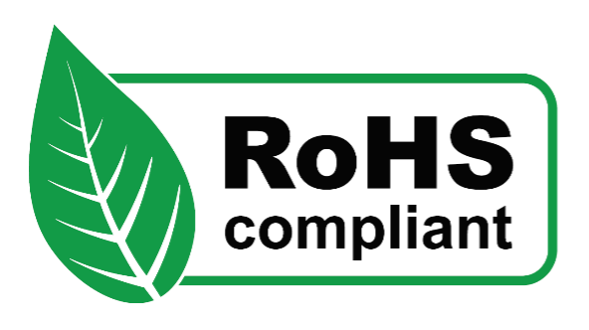
RoHs – Restriction of Hazardous Substances in Electrical and Electronic Equipment is a set of restricted use of certain hazardous substances by the European Union (EU) in electrical and electronic equiments through the RoHS Directive. The RoHS Directive currently restricts the use of 10 substances:
- Lead
- Cadmium
- Mercury
- Hexavalent chromium
- Polybrominated biphenyls (PBB)
- Polybrominated diphenyl ethers (PBDE)
- Bis(2-ethylhexyl) phthalate (DEHP)
- Butyl benzyl phthalate (BBP)
- Dibutyl phthalate (DBP)
- Diisobutyl phthalate (DIBP)
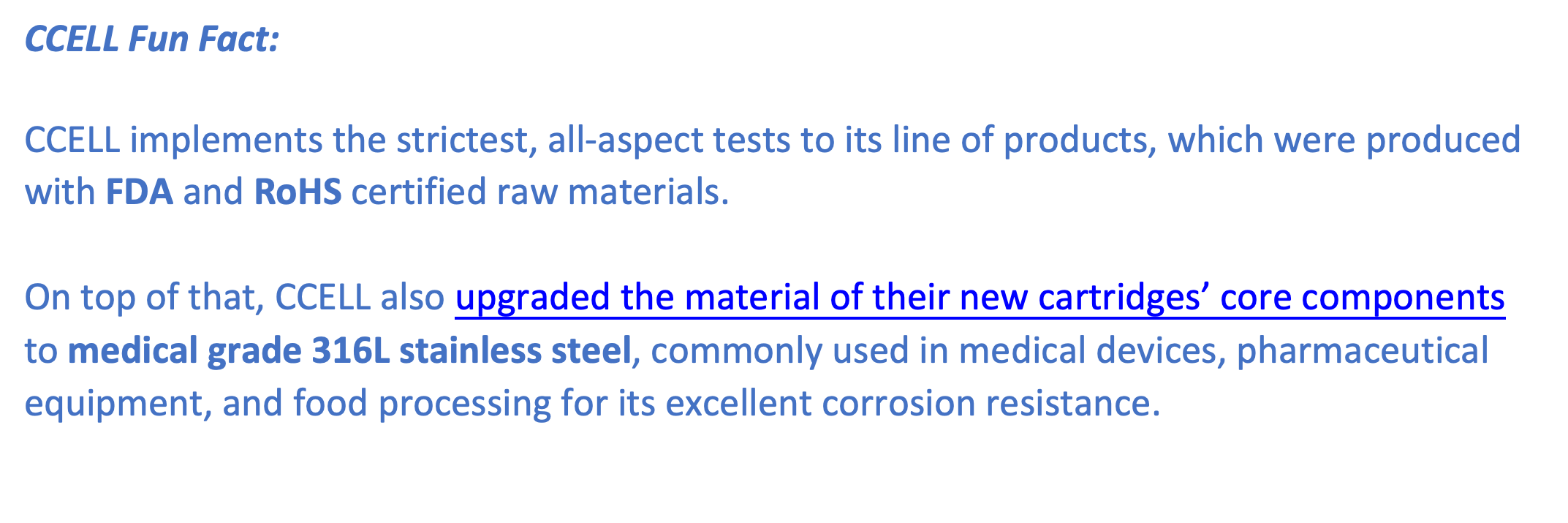 UL LISTED
UL LISTED

UL – Underwriter Laboratories is a safety organization that sets industry-wide standards on new products. UL testing makes sure that wire sizes are correct, or devices can handle the amount of current they claim to be able to. They also ensure that products are constructed correctly for the highest safety. The UL mark is seen commonly on appliances and computer equipment, furnaces and heaters, fuses, electrical panelboards, smoke and carbon monoxide detectors, fire extinguishers and sprinkler systems, personal flotation devices like life jackets and life preservers, bullet resistant glass, and thousands of other products.
FCC
FCC – Federation Communications Commission is an independent United States government agency that is directly responsible to Congress. The FCC’s jurisdiction covers the 50 states, the District of Columbia, and U.S. possessions. All devices that operate at a clock rate of 9 kHz are required to test their product to the appropriate FCC Code. The FCC Declaration of Conformity or the FCC label or the FCC mark is a certification mark employed on electronic products manufactured or sold in the United States which certifies that the electromagnetic interference from the device is under limits approved by the Federal Communications Commission.
CE
The CE Mark is described by the European Commussion as a “passport” that allows manufacturers to circulate industrial products freely within the internal market of the EU. The CE mark certifies that the products have met EU health, safety and environmental requirements that ensure consumer and workplace safety. All manufacturers in the EU and abroad must affix the CE mark to those products covered by the “New Approach” directives in order to market their products in Europe. Once a product receives the CE mark, it can be marketed throughout the EU without undergoing further product modification.
The Reason Why We Sell CCELL
CCELL’s commitment towards safety and compliance are what drove Canna Brand Solutions’ decision to be its official distributor in the first place.
CCELL has over 26,000 square meters of manufacturing capacity, with over 48 production lines (20 million cartridges pieces per month) and over 28 production lines distributing over 5 million battery pieces per month. With CCELL’s “safety-first” approach, it sets a benchmark for safety and sustainability for the industry.
About Canna Brand Solutions
Canna Brand Solutions is an innovative custom packaging supplier and an official CCELL Distributor. We are a wholesale cartridge, battery, and packaging supplier, and more. Our passion to build lasting relationships with our partners motivates us to exceed your expectations, helping you grow your brand in this ever-evolving global industry.
With our deep experience in manufacturing and the cannabis industry, we offer adaptive custom packaging solutions, in-house design, and industry expertise to Cultivators, Extractors, Operators & Retailers.






